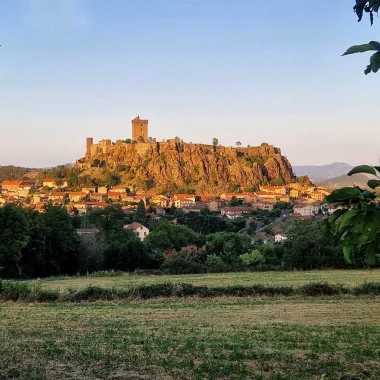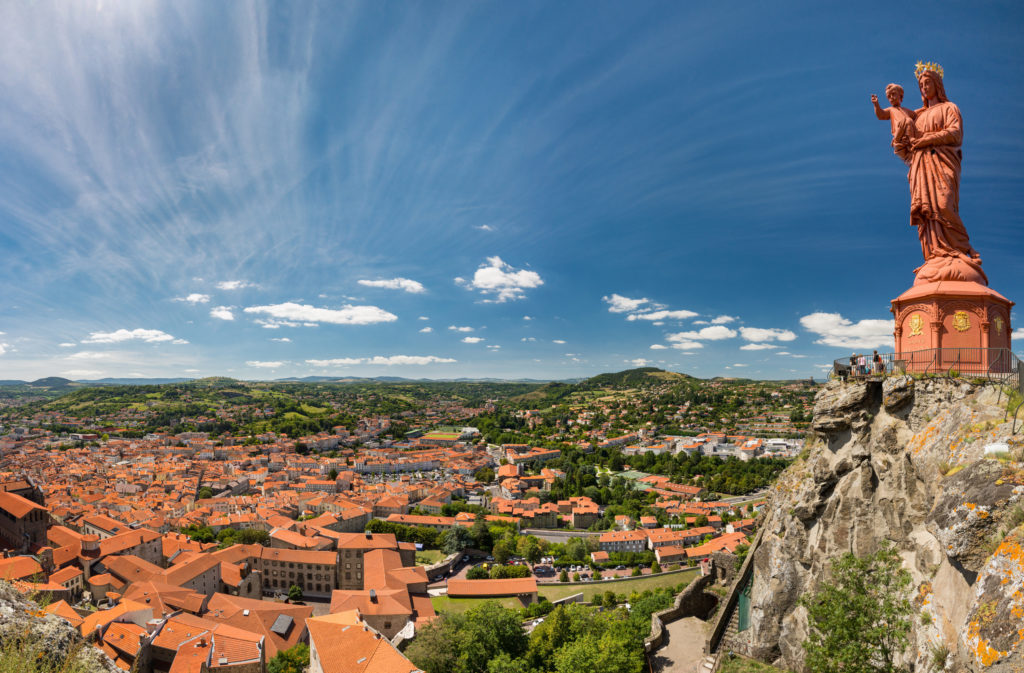
WEIGHT: 62 kg
Bust: Small
One HOUR:30$
Overnight: +50$
Sex services: Hand Relief, Pole Dancing, Fisting vaginal, Cum on breast, Gangbang / Orgy
Italian sculptor. The inscription on the Canosa pulpit per iussionem domini mei guitberti venerabilis presbiteri, ego acceptus peccator archidiaconus feci[? The workshop evidently included more than one sculptor, since another beam at Siponto is signed david magister. Aldebertus was the son of Gunsmarus de Maximiaco and Marie. He is supposed to have built the church of St-Romain-le-Puy Astrology is the art of predicting events on earth as well as human character and disposition from the movements of the planets and fixed stars.
Medieval astrology encompassed both general concepts of celestial influence, and the technical art of making predictions with horoscopes, symbolic maps of the heavens at particular moments and places constructed from astronomical information.

The scientific foundations of the art were developed in ancient Greece, largely lost in early medieval Europe and recovered by the Latin West from Arabic sources in the 12th and 13th centuries. Late medieval astrological images were successfully Christianized and were adapted to particular contexts, acquired local meanings and changed over time. Astrology developed into a scientific branch of learning in ancient Greece, but because of the opposition of the Church Fathers it was transmitted to early medieval Europe in only fragmentary form in technically unsophisticated textbooks and popular divinatory genres.
Literary and scientific texts provided more general ideas about the nature and attributes of the planets which were influential on later iconography. The first significant astrological images appear in 11th-century illustrated astronomical texts e. Tiberius BV , which were acquired and produced by monasteries to aid with time-keeping and the construction of the Christian calendar In the 20th century, discussion of the relationship between Byzantine art and the art of the Latin West evolved in tandem with scholarship on Byzantine art itself.

Identified as the religious imagery and visual and material culture of the Greek Orthodox Empire based at Constantinople between ad and , studies of Byzantine art often encompassed Post-Byzantine art and that of culturally allied states such as Armenian Cilicia, Macedonia, and portions of Italy. As such fields as Palaiologan family manuscripts and wall paintings, Armenian manuscripts, and Crusader manuscripts and icons emerged, scholars identified new intersections between Western medieval and Byzantine art.
































